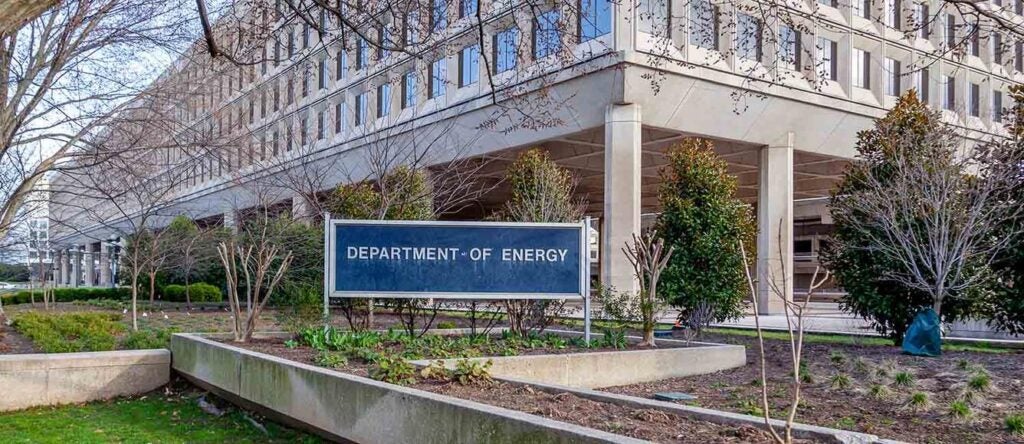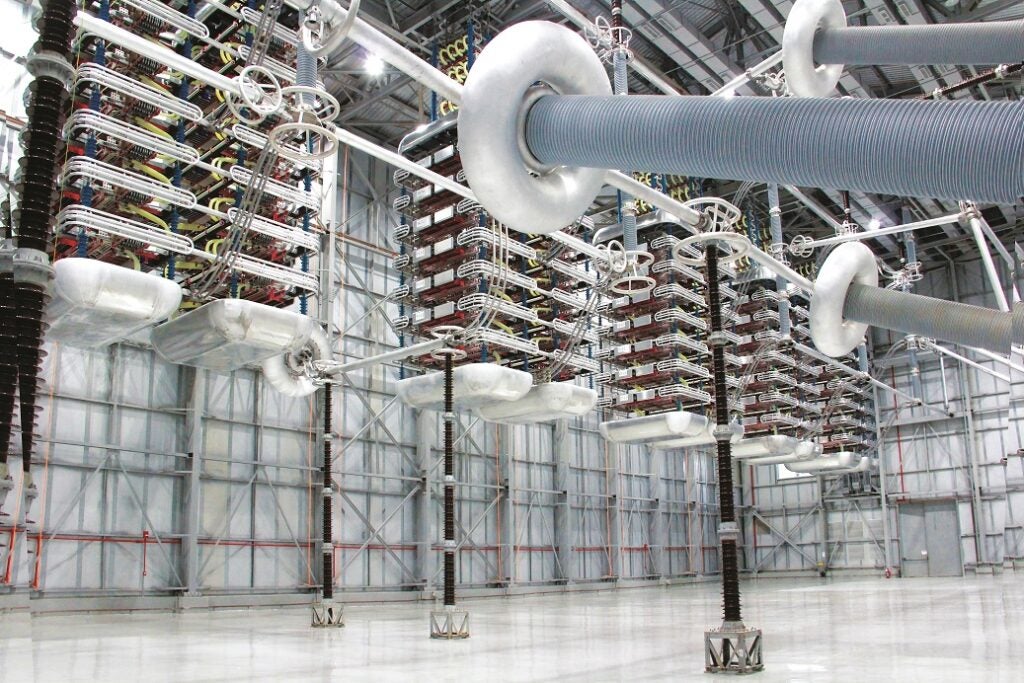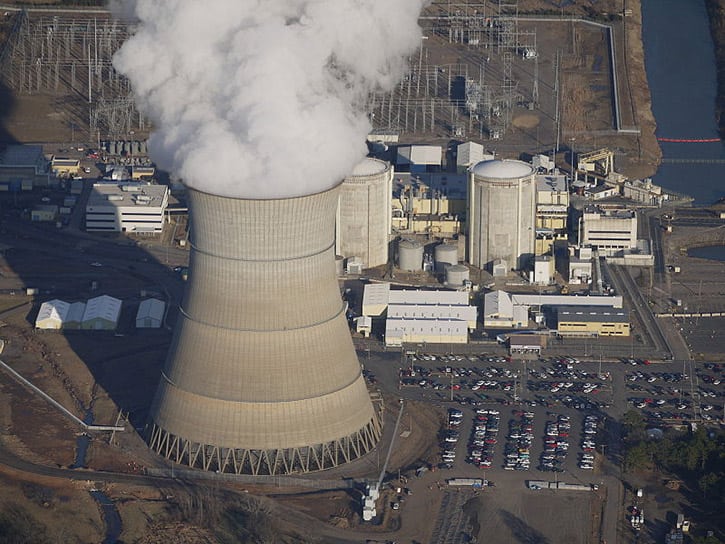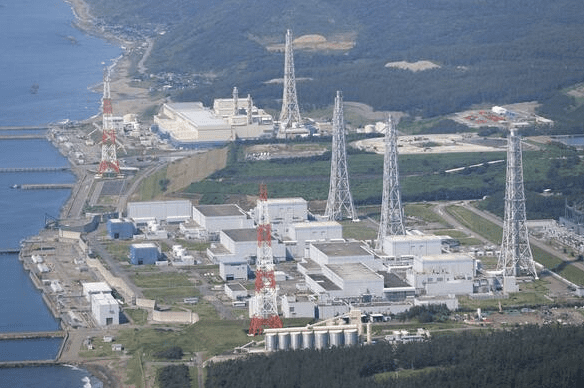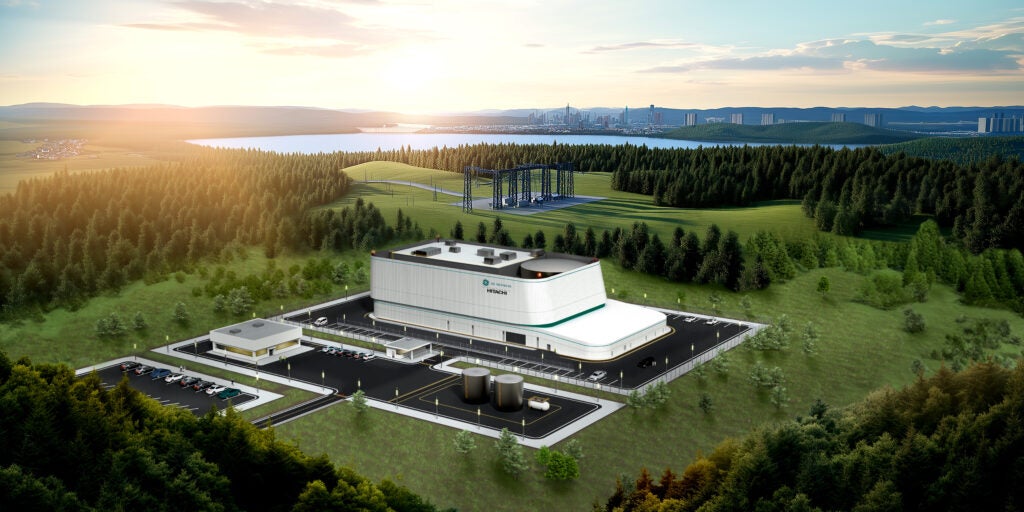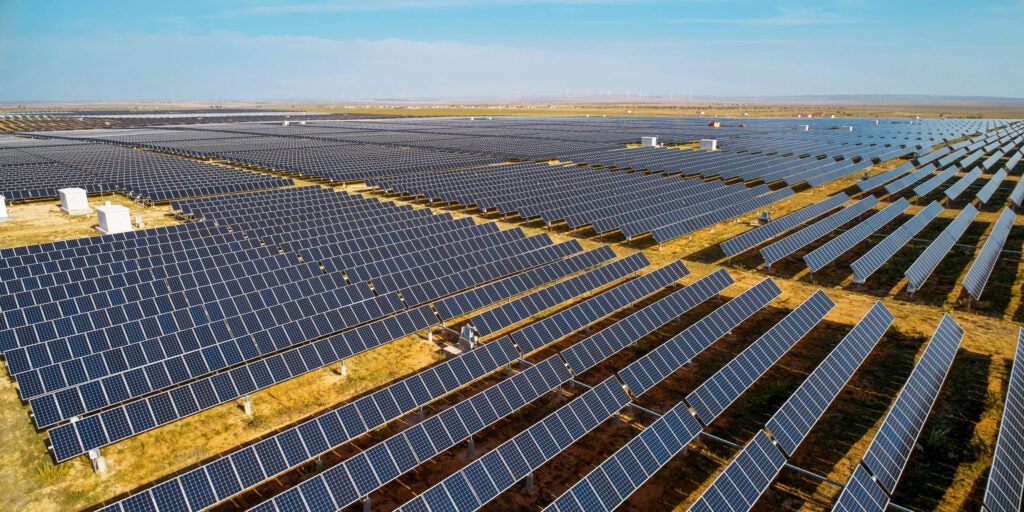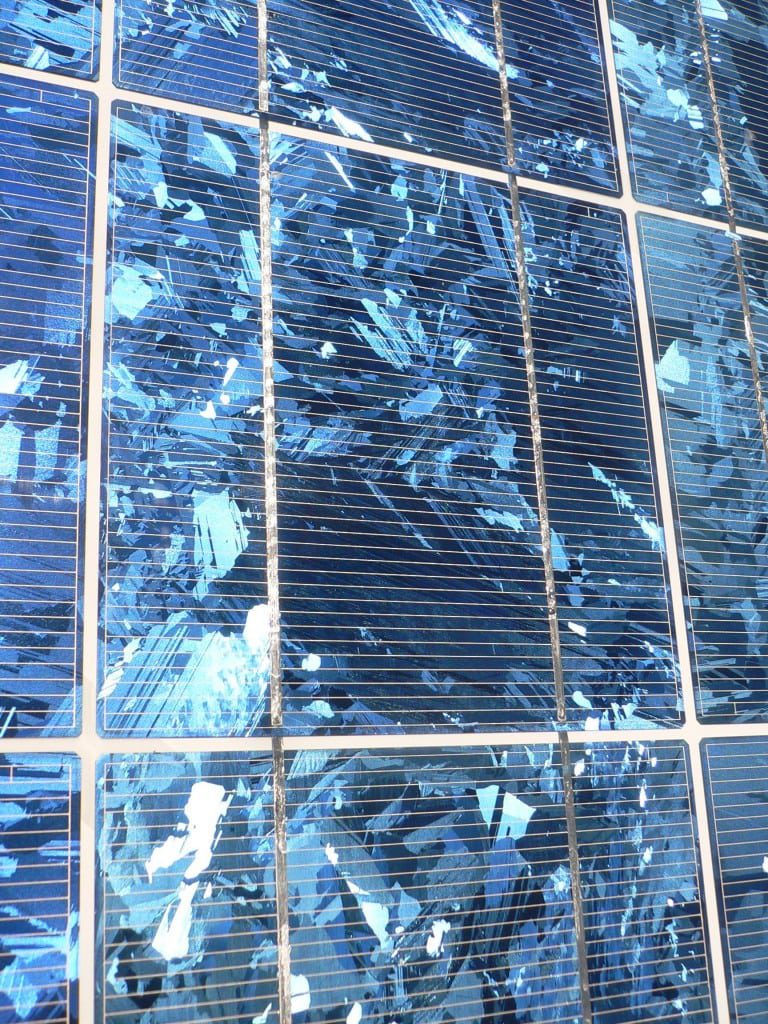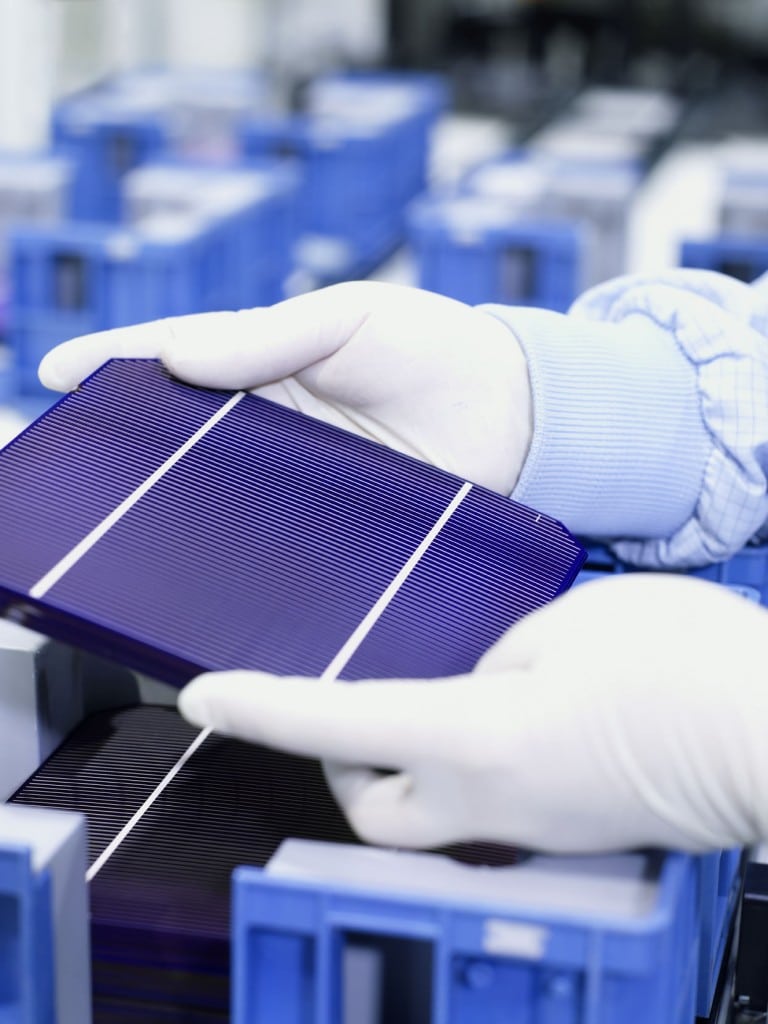Headwind. Challenge. Complexity. Uncertainty. Hurdle. Stumbling block … choose your favorite euphemism.
They all apply to the current state of play for tariffs in the global economy at large, and especially in the renewable energy industry. While the renewable energy sector is no stranger to tariffs and the “challenge” they present to modeling out a stable and profitable project for both internal and external stakeholders, the current tariff environment is fairly characterized as exceedingly “complex.” Knowing the current status of such tariffs is the first step to developing mechanisms for dealing with them in a way that can give your project the best chance at success.
Tariff Territory: Current State of Play for AD/CVD Tariffs
There are two general buckets of tariffs and duties that renewable energy sponsors need to consider. The first are related to antidumping and countervailing duties (AD/CVD). For context, in 2012, the U.S. Department of Commerce imposed AD/CVD duties on crystalline silicon photovoltaic (CSPV) cells and modules imported from China.
COMMENTARY
Concerns were raised, however, that Chinese manufacturers were circumventing these duties by completing minor assembly processes in Southeast Asian countries—specifically Cambodia, Malaysia, Thailand, and Vietnam—before exporting the products to the U.S. This caused Commerce to initiate a circumvention inquiry in April 2022. In August 2023, Commerce issued an Anti-Circumvention Finding (available here), concluding that certain solar modules completed in these countries using Chinese components were indeed circumventing the existing AD/CVD duties on Chinese-origin CSPV modules. This determination led to the extension of the original AD/CVD duties to cover such imports, with specific exemptions for companies that demonstrated non-circumvention practices. The appendices to the Anti-Circumvention Finding list the specific suppliers “Found to be Circumventing” and “Found Not to be Circumventing.” Companies on the “Found to be Circumventing” list are presumed to be circumventing the AD/CVD orders and duties will be collected. (Author’s note: The tariff regime descriptions in this article are current as of May 2025.)

Moreover, in April 2025, Commerce initiated new AD/CVD investigations targeting CSPV cells and modules from Cambodia, Malaysia, Thailand, and Vietnam, regardless of the origin of their components. These investigations found significant dumping margins and subsidy rates across these four countries. Accordingly, Commerce issued final determinations on the AD/CVD investigations into CSPV cells from those four countries, and suggested duty rates of up to 3,400% in certain circumstances. The International Trade Commission will make the final injury determination. If affirmed, Commerce will issue the AD/CVD orders and begin enforcing duties on imports from these countries.

The Tariff Backdrop: Part of the Scenery and no Sign of Relent
The second bucket consists of five different categories of tariffs, some historical and some implemented by the Trump administration, and some which are currently paused pending country-by-country negotiation.
- Chapter 1-97 Duties (0-7%): historical from last 20 years, remain in place and are permanent.
- Global Tariffs (10%): implemented in Trump’s first administration, “price of entry” for selling to the U.S., likely to be permanent and not currently paused.
- Reciprocal Tariffs (up to 50%): currently paused for country-by-country negotiation, expectation is that some portion of these will remain post-negotiations.
- China Tariffs (up to 170% stacked): consist of Section 301 Tariffs (up to 25%), which have been in place for seven years; IEEPA Tariffs (20%), which are imposed as a levy related to China’s alleged role in the fentanyl crisis; and reciprocal tariffs (up to 125%), which have been suspended for many electronic products.
- Sectoral Section 232 Tariffs: 25% on steel and aluminum; 25% automotive; suspended for USMCA-compliant goods.
- IEEPA Canada and Mexico Tariffs (25%): imposed on Canada and Mexico as a levy related to those countries’ alleged roles in the fentanyl crisis; suspended for any USMCA-compliant goods.
On May 12, 2025, the U.S. and China agreed to a 90-day “truce” with respect to the fourth category of tariffs. This truce lowers the level of tariffs on most Chinese goods from 145-170% to 30% (retaining the global 10% tariff as well as the 20% fentanyl-related levy). In addition, the Section 301 tariffs left over from the first administration continue to apply, leading to a potential total levy, even during the pause, of 30-55%, plus any Section 1-97 duties still due. While these tariffs are significantly reduced from initially implemented by the Trump administration, the levels remain sharply higher than even a few months ago. The parties are using the 90-day pause to negotiate a broader trade deal, but it is not clear at this time where the final landing spot will be for the China-based tariffs, which far exceed those for other countries.

AD/CVD duties aim to identify manufacturers and countries that are “dumping” products into the U.S. at unfairly low prices and hindering the ability of U.S. manufacturing companies to compete. The apparent goal of the tariffs is similar, to bring manufacturing back to the U.S. More than 80% of the components and manufacturing process of solar panels takes place in China and the top 10 suppliers of module manufacturing equipment are domiciled there.
Comparatively, the U.S. produced less than 3% of the supply, although in 2024, U.S. module manufacturing reportedly grew an “unprecedented” amount and produced almost 42.1 GW of supply during 2024, adding 45 new facilities for a total of more than 800 manufacturing plants. Many of the U.S. module manufacturing facilities are located in southern states, but expansion is growing elsewhere as shown on this interactive U.S. Solar Photovoltaic Manufacturing Map maintained by the U.S. Dept. of Energy.
What Developers Can Do: Strategies for Dealing with the Certain Tariff Uncertainty
In light of this tariff environment, project sponsors are left with the difficult challenge of modeling projects to determine what sort of offtake pricing they need to make the projects profitable and financeable, as well as the equally if not more difficult challenge of how to protect that pricing and profitability from the unforeseen.
Protection begins at the project development and equipment procurement stage. Of course, project sponsors should try to allocate as much tariff risk to suppliers as possible—but in a tariff market as the one that currently exists, that can be increasingly difficult.
As alternatives to unilateral risk allocation, parties can strike middle grounds that include mechanisms such as allocating tariff increases to one party up to a threshold, at which point the other party begins sharing in the risk up to another threshold, at which point one or both parties may have the option to terminate.
Similar approaches to offtake agreements can also be deployed. Offtakers started showing some willingness to take on limited amounts of tariff risk in 2022, and are showing continued willingness in the current tariff environment. Mechanisms in offtake agreements look similar to supply contracts. The parties set a benchmark for when tariffs have been assumed into the offtake agreement pricing (April 2, 2025 for instance), after which tariff increases that have the effect of increasing the sponsor’s costs to construct the project beyond a certain threshold can trigger potential for pricing increases.
Sometimes parties pre-negotiate automatic pricing increases for such events, premised on the delivery by the seller of sufficient information to demonstrate the seller’s cost increases, up to a ceiling price-per-MWh increase.
If seller’s costs show that they would need a price increase beyond the pre-agreed ceiling, then the parties can either at the later date to amend the offtake agreement to accommodate, or if the buyer rejects the price increase, seller can terminate the agreement (usually with a termination fee).
Variations to consider include what sort of external validation may be necessary to assess claimed cost increases due to tariffs (from an independent engineer for instance), as well as potential for offtakers to request the ability to claw back a pricing increase if the events that led to such price increase are nullified by a future event (for instance, where tariffs might be eliminated or significantly reduced after a pricing increase takes effect, and also before seller imported such equipment).
Whatever the forms these mechanisms take, what is increasingly evident in the current tariff environment is that it is rapidly changing. Therefore, the renewable energy industry—and the utilities and other marketers and consumers of power that they serve—will need to be ready to regularly adapt to these changes. With load growth projections as they are, there are ample reasons for all parties to find mutually workable solutions.
—Natalie Neals is a partner at Foley & Lardner LLP. She is a member of Foley’s Power & Renewables area of focus where she focuses her practice on debt and equity financing structures for the renewables sector. Lynn Parins is a partner at Foley & Lardner LLP. He is a member of Foley’s Power & Renewables area of focus where he focuses his practice on project financing structures for the renewables sector.


